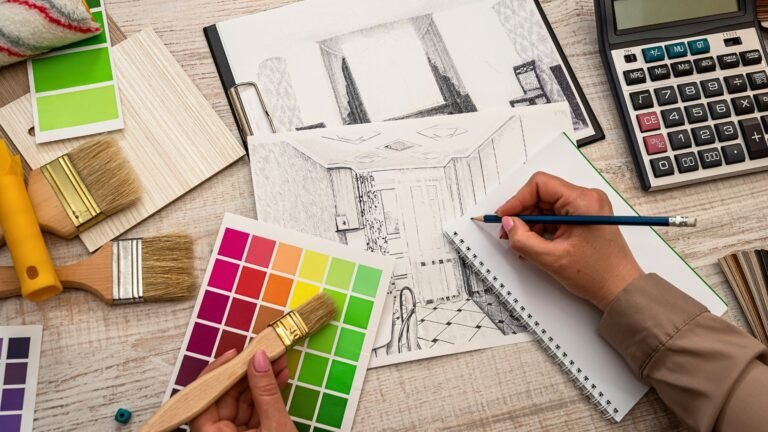Sustainable Flooring Solutions for High‑Traffic Commercial Areas
The Importance of Sustainable Flooring
In today’s construction and renovation landscape, commercial spaces face the dual challenge of heavy foot traffic and the need for sustainable practices. Whether in offices, retail centers, hotels, or public facilities, flooring must be durable enough to withstand constant use while also minimizing environmental impact. Sustainable flooring solutions not only help protect the planet but also contribute to a healthier indoor environment and lower long‑term maintenance costs.
This article provides a comprehensive guide to sustainable flooring options designed for high‑traffic areas, discussing the benefits, materials, installation best practices, real‑world examples, and emerging trends in sustainable flooring technology.
The Benefits of Sustainable Flooring in High‑Traffic Areas

Sustainable flooring offers a range of benefits that make it an attractive option for commercial spaces that experience heavy use:
Environmental Advantages
- Reduced Resource Consumption: Sustainable flooring often uses recycled or rapidly renewable materials, reducing reliance on virgin resources.
- Lower Carbon Footprint: Production processes for eco‑friendly flooring tend to emit fewer greenhouse gases compared to traditional flooring materials.
- Waste Reduction: Many sustainable products repurpose waste materials, diverting them from landfills and reducing overall environmental impact.
Economic Benefits
- Long‑Term Savings: Although the initial investment may be higher, durable sustainable flooring reduces maintenance and replacement costs over time.
- Improved Energy Efficiency: Some flooring materials can enhance insulation, contributing to lower heating and cooling costs.
- Regulatory Compliance: Many sustainable flooring options help businesses achieve green building certifications, which can enhance a company’s reputation and marketability.
Health and Well‑Being
- Improved Indoor Air Quality: Sustainable flooring products are often low in volatile organic compounds (VOCs), reducing harmful emissions that can impact occupant health.
- Enhanced Comfort: Eco‑friendly flooring options can offer superior comfort underfoot, which is crucial in spaces where people spend significant time standing or walking.
Real‑World Example: A commercial office building in Chicago replaced its traditional carpet with sustainable engineered linoleum. Not only did the new flooring reduce VOC emissions, but it also lowered the facility’s energy bills due to its improved insulation properties.
Top Sustainable Flooring Materials for High‑Traffic Areas

1. Recycled Vinyl and Rubber
Recycled vinyl and rubber are excellent choices for commercial spaces because of their durability and resilience.
Recycled Vinyl
Advantages: Resistant to wear, available in a wide range of designs and colors, and easy to maintain.
Ideal For: Retail stores, hospitals, and schools where foot traffic is intense.
Sustainability Factor: Made from recycled materials, reducing waste and energy consumption during production.
Recycled Rubber
Advantages: Excellent shock absorption and slip resistance, ideal for areas where safety is a priority.
Ideal For: Gyms, playgrounds, and fitness centers.
Sustainability Factor: Utilizes post-consumer rubber, offering a practical way to reuse materials that would otherwise be discarded.
2. Bamboo Flooring
Bamboo is one of the fastest-growing renewable resources and is increasingly popular in sustainable construction.
- Advantages: Highly durable, naturally resistant to moisture, and visually appealing with a modern aesthetic.
- Ideal For: Offices, retail spaces, and hotel lobbies.
- Sustainability Factor: Bamboo matures much faster than hardwood trees, making it a renewable and eco‑friendly alternative.
3. Cork Flooring
Harvested from the bark of cork oak trees without harming the tree, cork is a renewable resource with unique properties.
- Advantages: Naturally cushioned and sound‑absorbing, which enhances comfort in busy environments.
- Ideal For: Corporate offices, libraries, and creative workspaces.
- Sustainability Factor: Cork harvesting promotes forest conservation and biodiversity.
4. Engineered Linoleum
Engineered linoleum is experiencing a renaissance due to its natural composition and durability.
- Advantages: Made from natural materials such as linseed oil, cork dust, and wood flour; it is biodegradable and highly resilient.
- Ideal For: Restaurants, hospitals, and public facilities.
- Sustainability Factor: Its composition is eco‑friendly, and its long lifespan minimizes waste and the need for frequent replacement.
5. Reclaimed Wood
Reclaimed wood flooring offers a unique, rustic aesthetic while reducing the demand for new timber.
- Advantages: Each piece is unique, providing character and a sense of history. When properly treated, reclaimed wood is durable and timeless.
- Ideal For: Boutique hotels, upscale offices, and cultural institutions.
- Sustainability Factor: Repurposing wood salvaged from old structures reduces deforestation and waste.
6. Other Emerging Materials
Innovative materials are constantly entering the market. Examples include:
- Bio‑Based Polymers: Derived from renewable resources, these materials offer excellent durability with a low environmental impact.
- Self‑Healing Surfaces: Flooring that can repair minor scratches and scuffs on its own, reducing the need for maintenance.
- Recycled Ocean Plastics: Cutting‑edge technology is turning plastic waste from oceans into durable flooring tiles, addressing two environmental issues at once.
Best Practices for Installing and Maintaining Sustainable Flooring
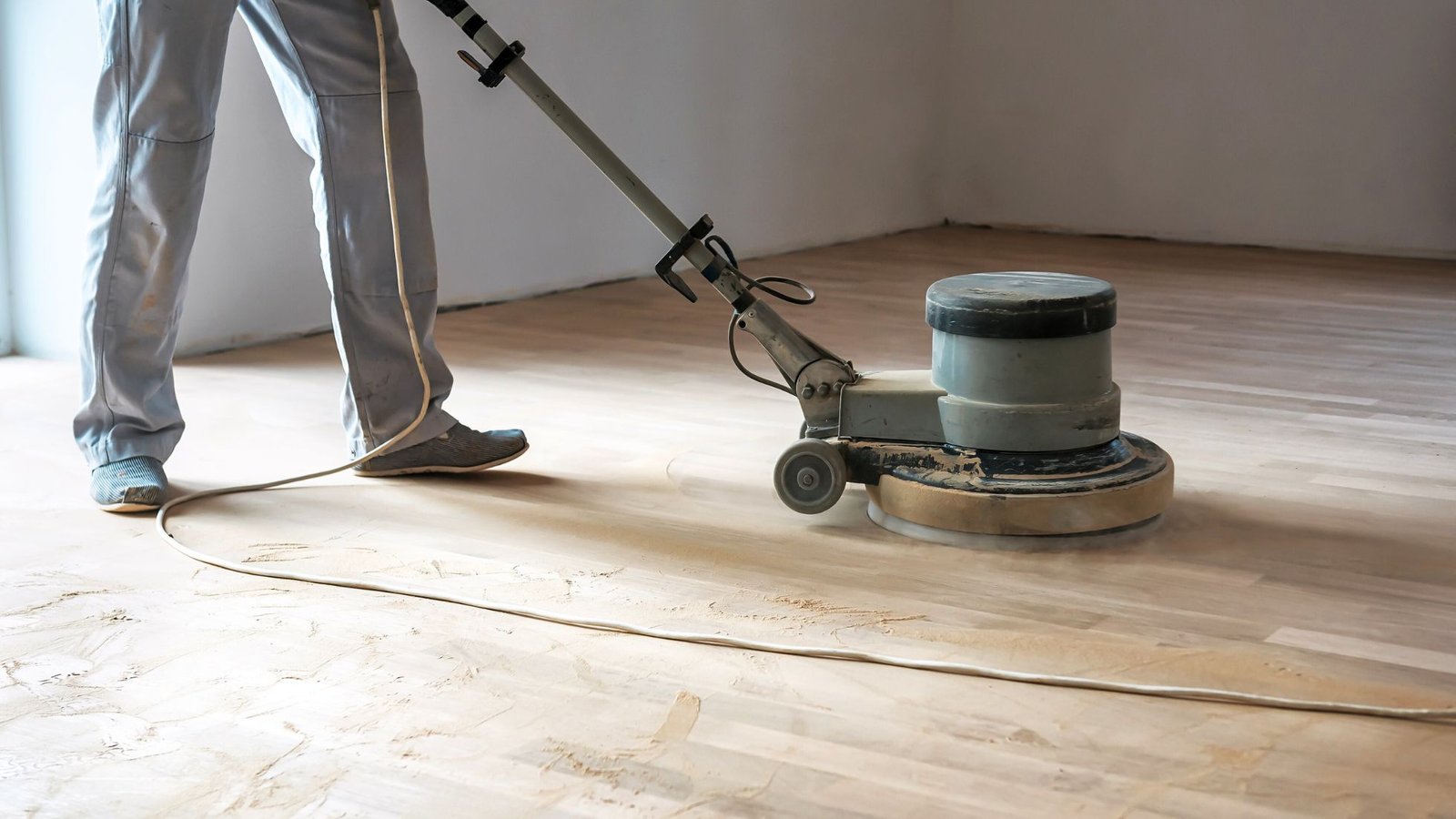
1. Professional Installation
For any flooring solution, especially those designed for high‑traffic areas, professional installation is crucial:
Pre‑Installation Assessment: Ensure the subfloor is properly prepared to prevent issues such as moisture ingress or uneven surfaces.
Adherence to Manufacturer Guidelines: Follow installation protocols to maximize the durability and lifespan of the flooring.
Use of Eco‑Friendly Adhesives: Opt for low‑VOC adhesives and sealants to maintain the environmental benefits of the sustainable flooring.
2. Routine Maintenance
Regular maintenance extends the life of your flooring and preserves its aesthetic appeal:
- Daily Cleaning: Use environmentally friendly cleaning products that do not strip the floor of its protective layer.
- Periodic Inspections: Schedule regular inspections to identify and address any wear or damage before it becomes a larger problem.
- Preventative Measures: Implement strategies such as placing mats at entryways to reduce dirt and debris, and using protective coatings to enhance durability.
3. Addressing Common Issues
Even the best flooring can encounter issues over time. Here are some common challenges and how to overcome them:
- Scratches and Scuffs: Use appropriate cleaning techniques and touch‑up kits designed for the specific flooring material.
- Moisture Damage: Ensure proper ventilation and, where applicable, use moisture barriers during installation.
- Fading or Discoloration: Regular maintenance and periodic refinishing can help restore the original appearance of the flooring.
Real‑World Examples and Case Studies
Case Study 1: Commercial Office Renovation in New York
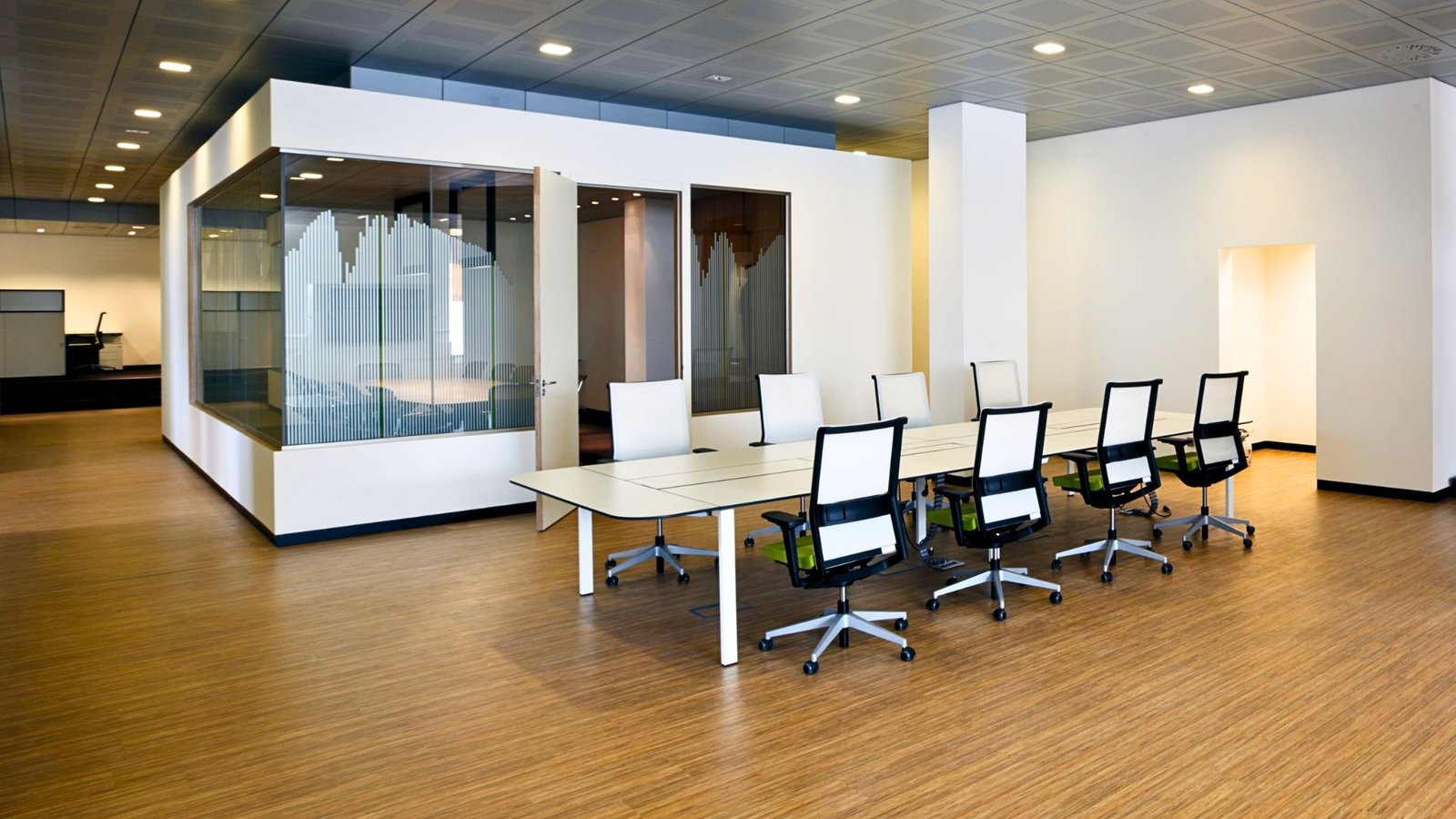
A prominent corporate office in New York City recently upgraded its flooring to engineered linoleum. Faced with constant foot traffic and the need for a low‑maintenance solution, the facility chose engineered linoleum for its durability and eco‑friendly composition. The installation was done professionally, ensuring minimal disruption to daily operations. The result was a modern workspace that not only enhanced employee satisfaction but also contributed to the building’s green certification.
Case Study 2: Boutique Hotel Lobby Transformation
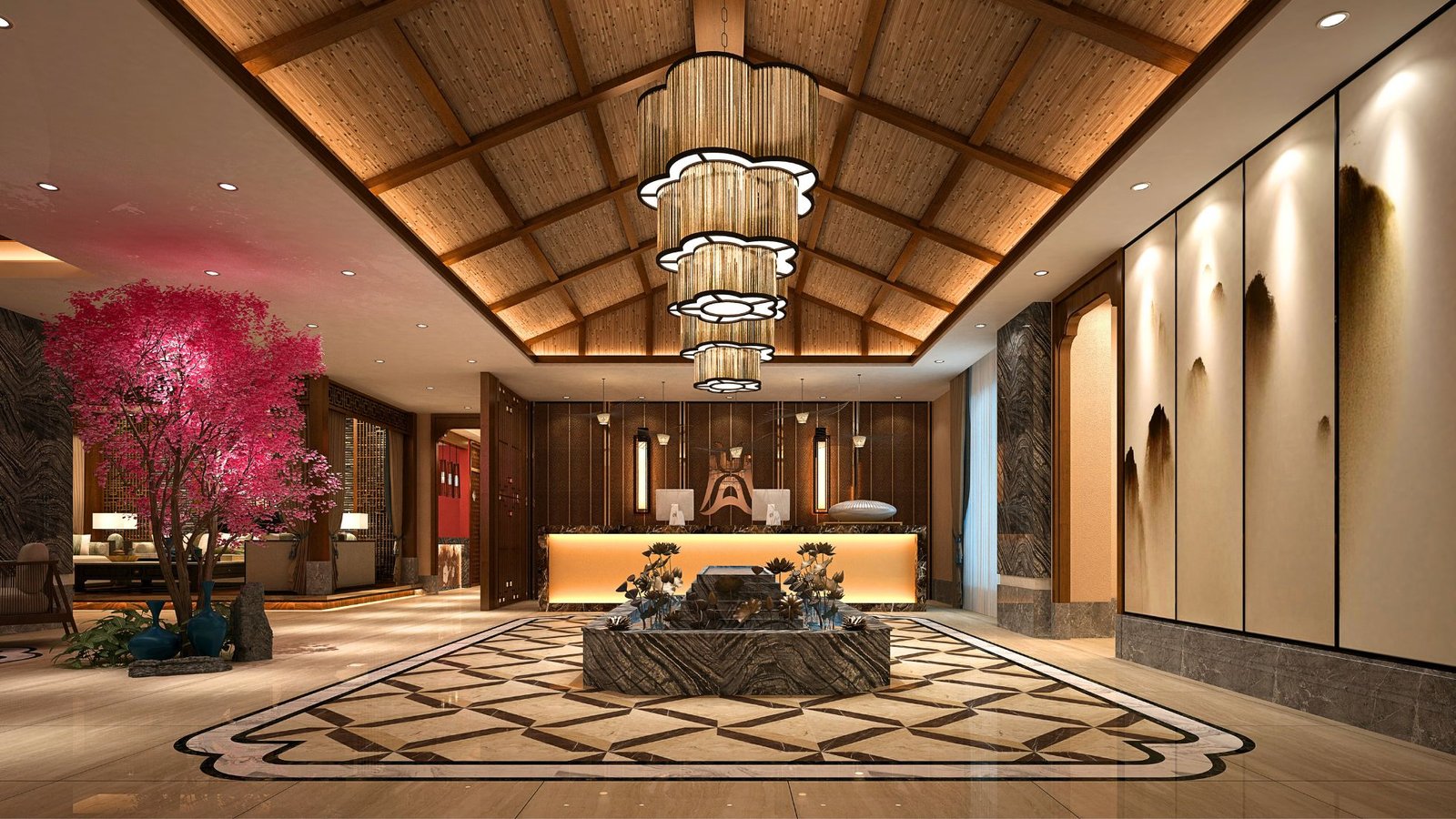
In Los Angeles, a boutique hotel opted for recycled vinyl flooring in its lobby and corridors. The decision was driven by the need for a resilient, easy‑to‑clean surface that could handle high guest traffic. The recycled vinyl not only provided a contemporary look but also supported the hotel’s commitment to sustainability. Guests have responded positively to the updated aesthetic, and the hotel has noted a reduction in maintenance costs over the past year.
Case Study 3: Retail Space Revamp in Chicago
A busy retail store in Chicago decided to replace its traditional carpeting with bamboo flooring. The choice was influenced by bamboo’s durability and its renewable properties. After professional installation and regular maintenance, the store experienced fewer disruptions due to wear and tear. Moreover, the eco‑friendly image of bamboo resonated well with environmentally conscious shoppers, reinforcing the brand’s commitment to sustainability.
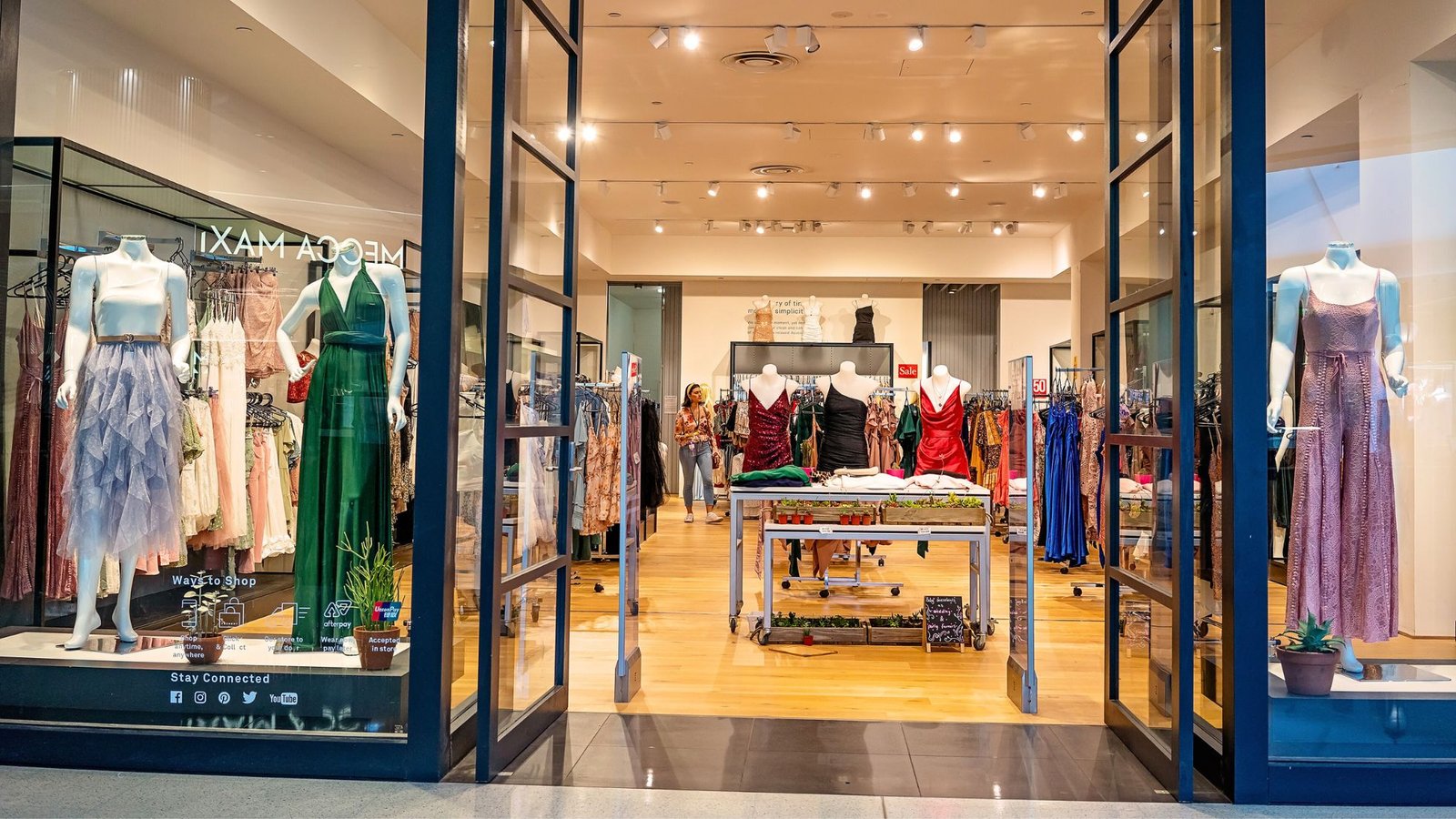
Future Trends in Sustainable Flooring
The evolution of sustainable flooring is an ongoing process driven by innovation and environmental awareness. Here are some emerging trends to watch:
1. Smart Flooring Systems
Advancements in technology are leading to the development of smart flooring systems that can monitor foot traffic and environmental conditions. These systems use sensors to track wear patterns and provide data that can help in proactive maintenance planning. In the future, smart flooring may integrate features such as real‑time feedback on energy efficiency and automated cleaning alerts.
2. Enhanced Material Innovation
Research continues into new sustainable materials that offer improved durability and reduced environmental impact. Developments include:
Bio‑Based Polymers: These materials are being engineered to offer the strength of traditional plastics but with a significantly lower carbon footprint.
Self‑Healing Surfaces: Innovative flooring that can repair minor damages autonomously, further reducing maintenance costs.
Recycled Ocean Plastics: Transforming plastic waste from oceans into functional, durable flooring materials is an exciting new frontier in sustainable construction.
3. Certification and Standardization
As the demand for sustainable solutions grows, there will be an increased emphasis on third‑party certifications. Certifications such as LEED, Green Seal, and others will help verify the sustainability of flooring materials, making it easier for businesses to choose products that meet rigorous environmental standards.
Conclusion: Building a Greener, More Durable Future

Investing in sustainable flooring solutions for high‑traffic commercial areas is not just an environmental imperative—it’s a strategic business decision. By selecting eco‑friendly materials that are durable, cost‑effective, and visually appealing, you can create spaces that are both functional and responsible. From recycled vinyl and bamboo to reclaimed wood and innovative engineered linoleum, the choices available today can meet even the most demanding requirements of modern commercial spaces.
Proper installation and regular maintenance ensure that your flooring continues to perform at its best, while emerging trends promise even greater advancements in sustainability and smart technology. As businesses increasingly prioritize green building practices, adopting sustainable flooring solutions will not only help reduce your environmental impact but also enhance the overall experience for occupants and visitors.
Are you ready to upgrade your commercial space with sustainable, high‑performance flooring?
Contact our team of experts today to discuss your project, explore our range of green flooring options and receive a personalized consultation. Let’s build a greener, more durable future together by clicking here!




